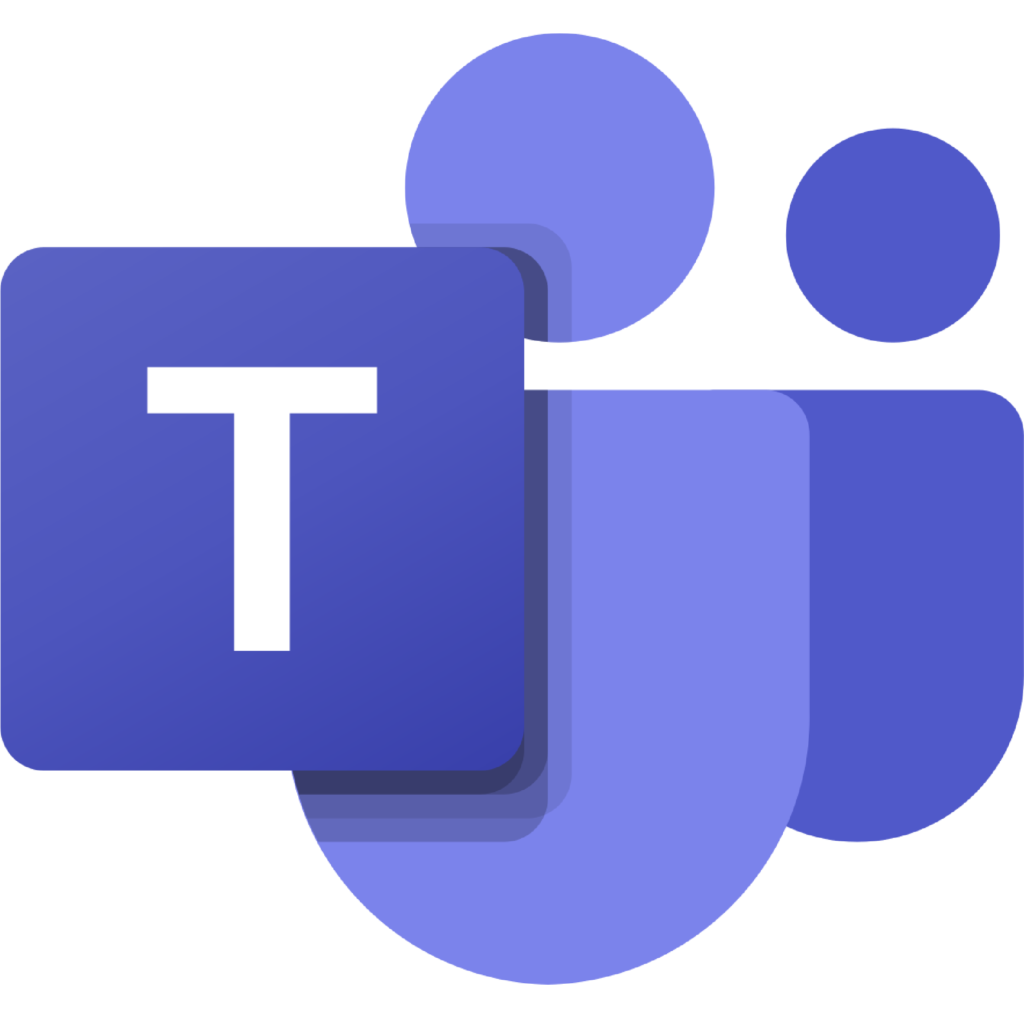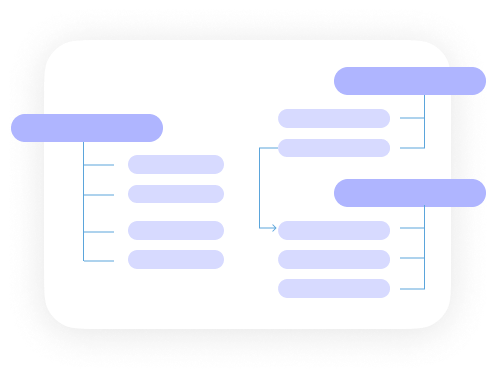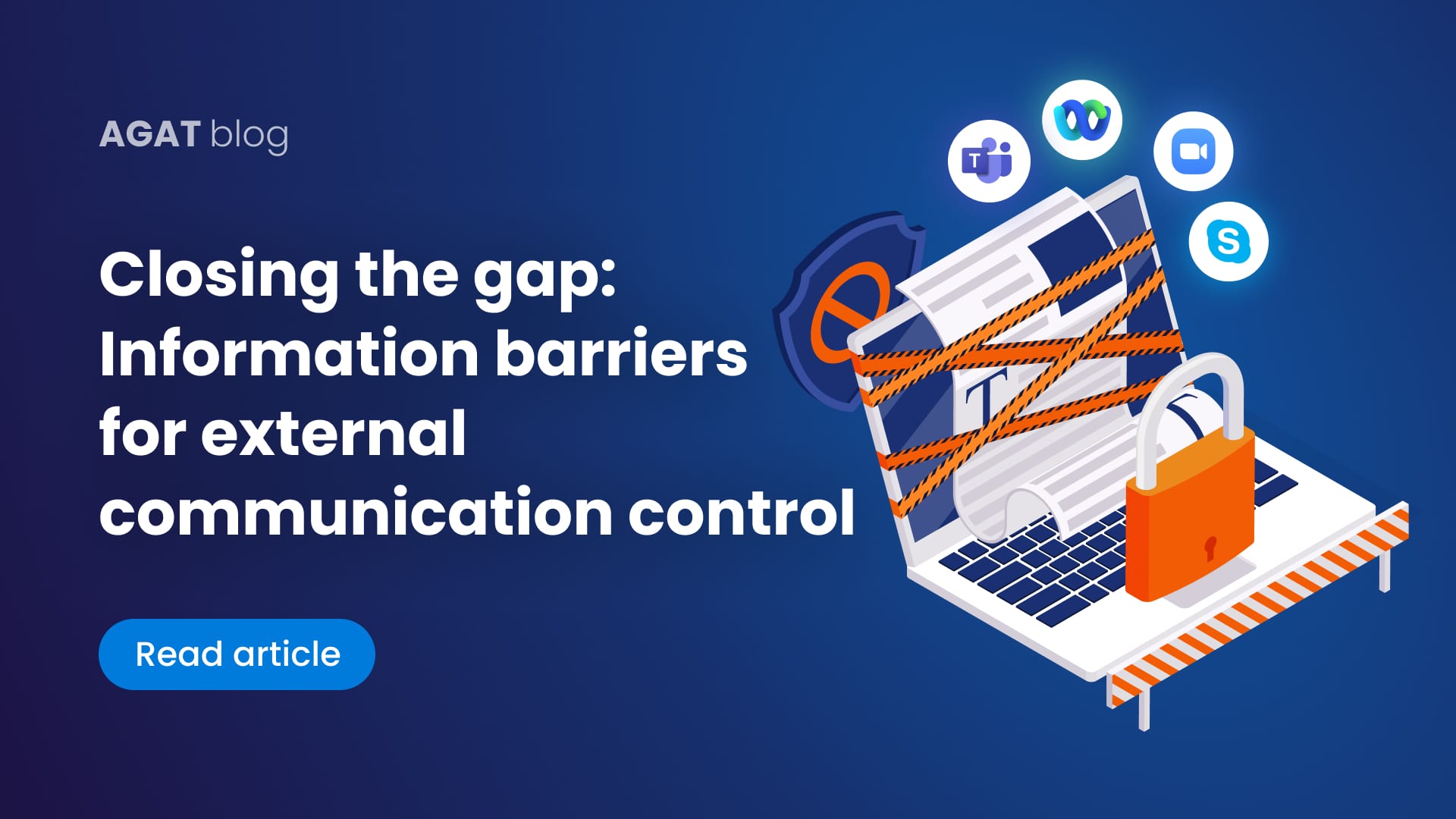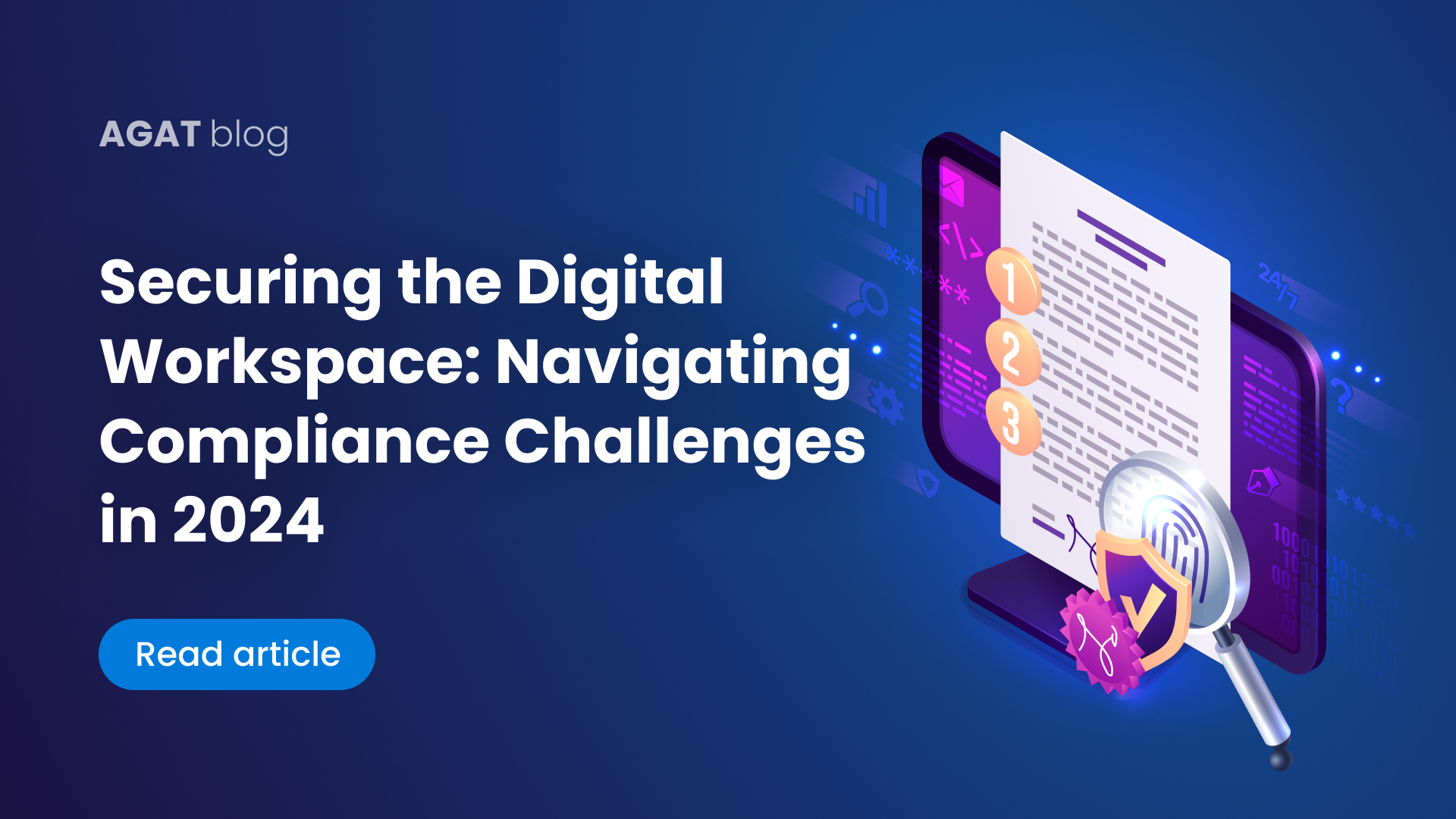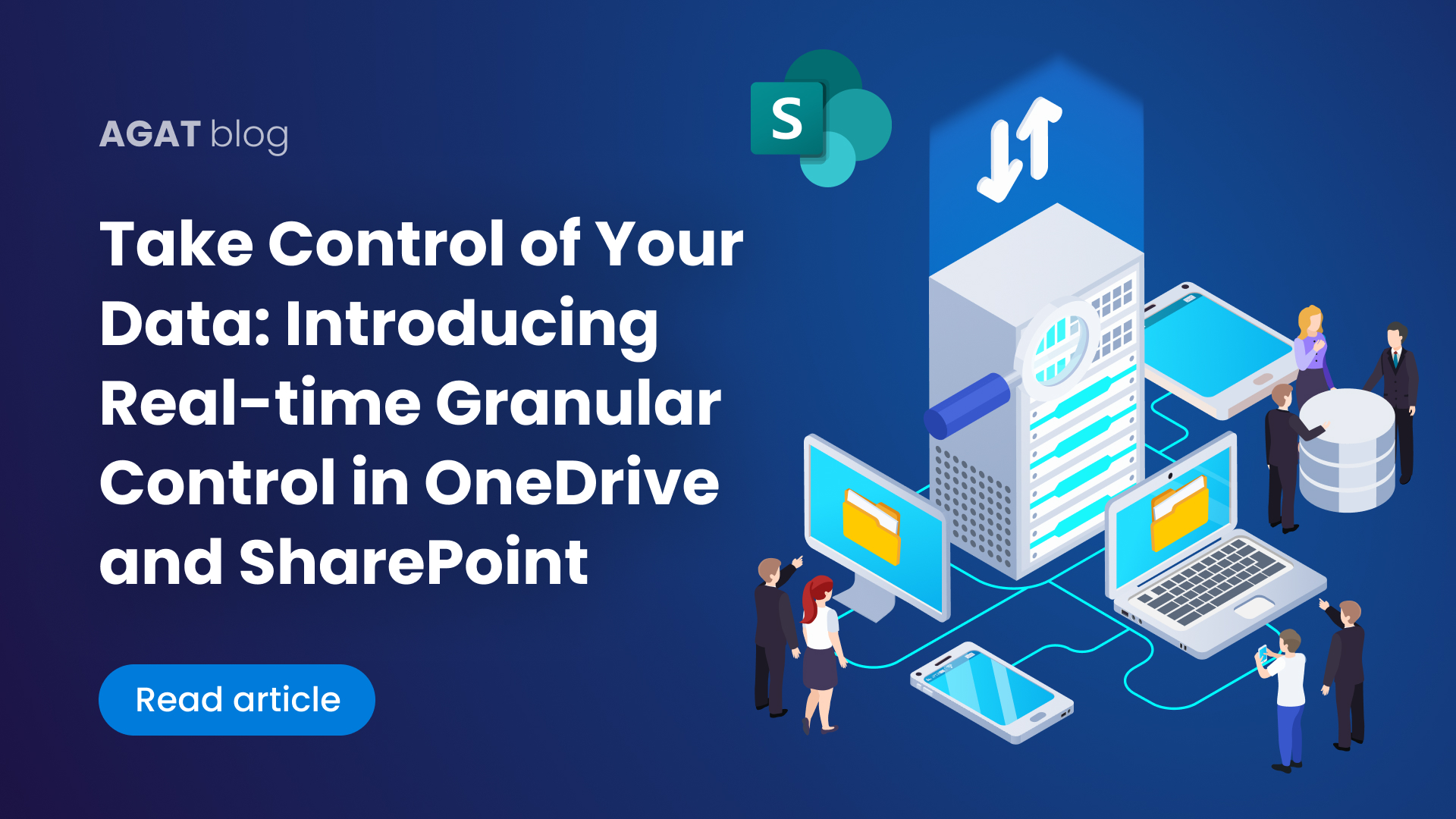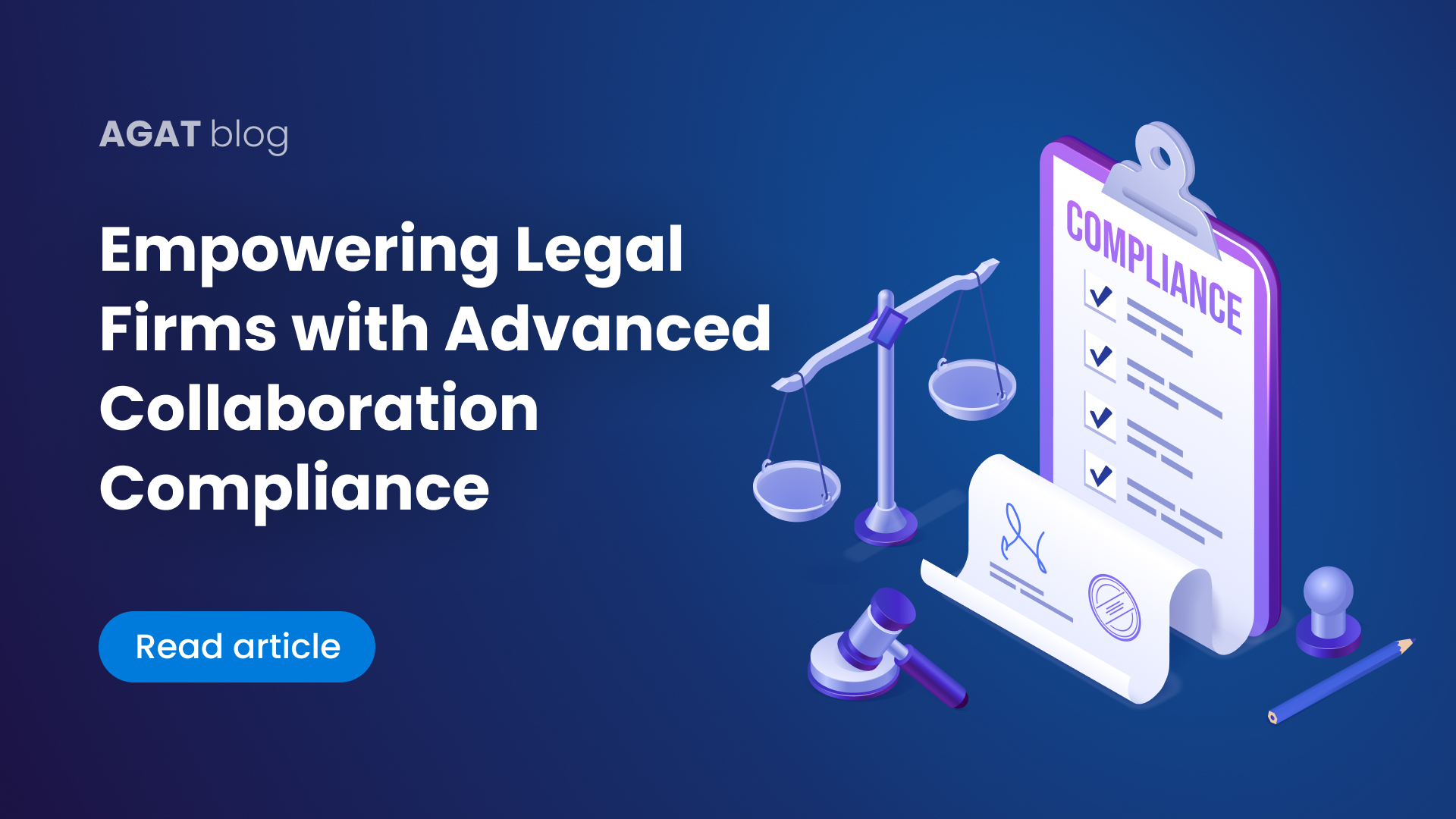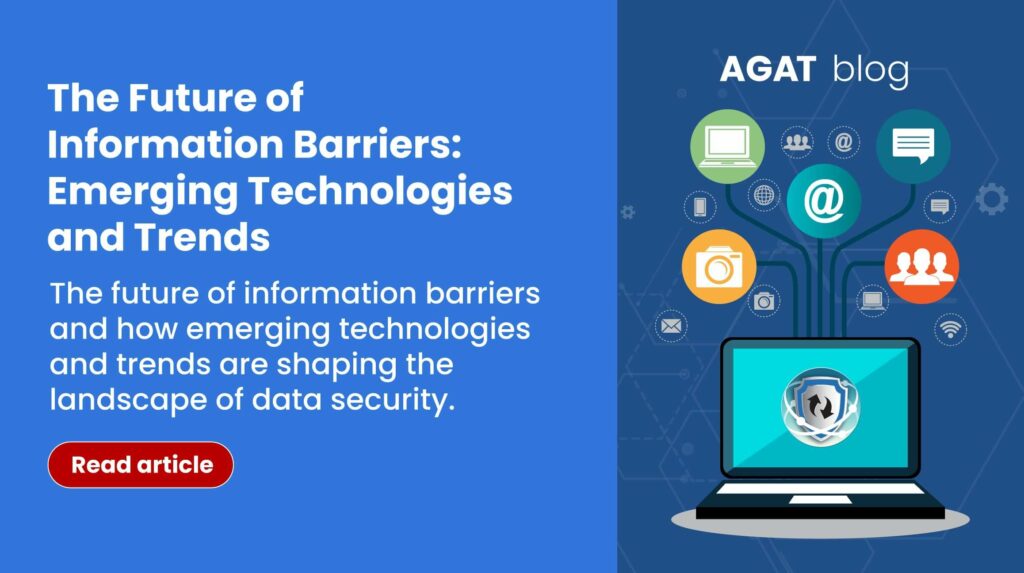
As the world continues to rapidly advance technologically, the way we handle information is evolving at an unprecedented pace. With the rise of digitalization and data-driven processes, safeguarding sensitive information from unauthorized access and misuse is becoming more critical than ever. In this blog, we will explore the future of information barriers and how emerging technologies and trends are shaping the landscape of data security.
Blockchain and Immutable Data Protection:
Blockchain technology is more commonly associated with cryptocurrencies, but its potential extends far beyond that. In the realm of data security, blockchain offers a revolutionary approach to protect sensitive information. By using a decentralized and tamper-resistant ledger, blockchain ensures data integrity and prevents unauthorized alterations. This technology could lead to a future where data breaches become significantly more challenging, as hackers would need to compromise an entire network of nodes instead of a single centralized server.
Quantum Cryptography and Unbreakable Encryption:
With the advent of quantum computing on the horizon, traditional encryption methods face the risk of becoming vulnerable to quantum attacks. However, quantum cryptography, based on the principles of quantum mechanics, presents a promising solution. This technology leverages the inherent properties of quantum particles to create unbreakable encryption keys. As quantum cryptography matures, it may become a staple in securing sensitive data against future computational threats.
Artificial Intelligence (AI) for Enhanced Data Monitoring:
AI and machine learning are already playing a significant role in cybersecurity. In the future, AI-powered systems will likely take on an even more prominent role in monitoring and enforcing information barriers. AI can analyze vast amounts of data to detect anomalies, flag suspicious activities, and adapt to new threats in real-time. These smart systems will work alongside human administrators to create a more proactive and robust defense against data breaches.
Zero Trust Architecture:
The traditional perimeter-based security model is no longer sufficient in today’s dynamic and remote work environments. The concept of zero trust architecture assumes that no user or device should be inherently trusted, regardless of their location or authentication. Instead, it emphasizes continuous verification and authentication of users, devices, and applications before granting access to sensitive data. This approach minimizes the risk of unauthorized access, especially in scenarios where employees access data from various devices and networks.
Homomorphic Encryption for Secure Data Processing:
Homomorphic encryption allows data to be processed without the need for decryption, ensuring data privacy throughout its lifecycle. This breakthrough technology enables secure data sharing and analysis, even with third-party entities, while maintaining data confidentiality. As homomorphic encryption becomes more practical and efficient, it will enable collaboration on sensitive data across industries without compromising privacy.
Privacy-Preserving Technologies:
Emerging privacy-preserving technologies, such as differential privacy and federated learning, aim to strike a balance between data utility and privacy. These techniques allow organizations to glean insights from large datasets while keeping individual data points anonymized. By preserving privacy, companies can share valuable data without exposing sensitive information.
The future of information barriers is being shaped by emerging technologies and trends that offer unprecedented levels of data security and privacy. Blockchain’s immutable ledger, quantum cryptography’s unbreakable encryption, AI-driven monitoring systems, and the zero trust architecture are just a few examples of the transformative potential these innovations hold.
As technology evolves, so do cyber threats, and it is essential for organizations to stay proactive in implementing robust data security measures. Embracing these emerging technologies, understanding their capabilities, and adapting them to specific use cases will be crucial in safeguarding sensitive information and maintaining the trust of customers, partners, and stakeholders in the digital age. As we move forward, a holistic approach to data protection will be necessary, encompassing not just the technology but also the processes, policies, and people involved in handling valuable information.
Do not hesitate to give your compliance capabilities a boost. Contact us and our team will show you a short demo of AGAT Information Barriers solution.







